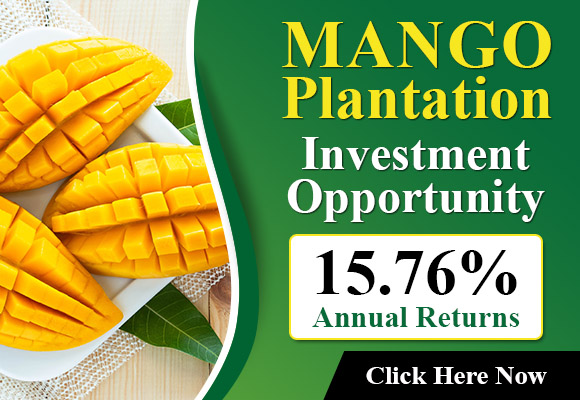The adoption of more intensive, efficient, and sustainable cultivation systems isn’t a new approach in the world of fruit trees. For more than 50 years, high-density intensive models have been adopted for crops such as apples, pears, olives, and almond trees, making it possible to reduce the non-productive period, optimize the production, and become more efficient in the use of inputs such as labor, phytosanitary products, and water. This is what the FAO has come to call “sustainable intensification.” Now this approach has also been introduced in citrus cultivation thanks to Agromillora, a pioneer in varietal innovation and rootstocks adapted to this new paradigm.
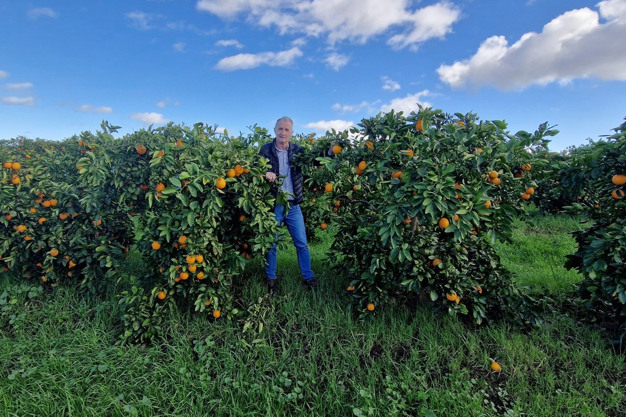
“The transition towards the intensification of citrus cultivation simply entails following the path that other fruit species have already successfully followed,” says Ignasi Iglesias, Technical & Development Manager at Agromillora. “In a global context marked by climate change and environmental initiatives driving us to use inputs more efficiently, the only way to achieve this for high-value crops is to work with smaller trees and more intensive plantations, i.e., intensification is the only option that leads to efficiency in the use of inputs.”
“A smaller tree with a less woody structure and a smaller crown allows more light to be captured by the leaves and a more even distribution of it. At the same time, the smaller canopy volume per unit area leads to a significant reduction in the use of water, pesticides, and labor, and work is also done more efficiently thanks to better accessibility to the canopy. In fact, when we go from a normal density with planting frames of 7×3 meters to 5×1.5 meters, the productivity of the canopy (kg/m³) is multiplied by 2.5 and the volume of phytosanitary products required is reduced by almost half.”
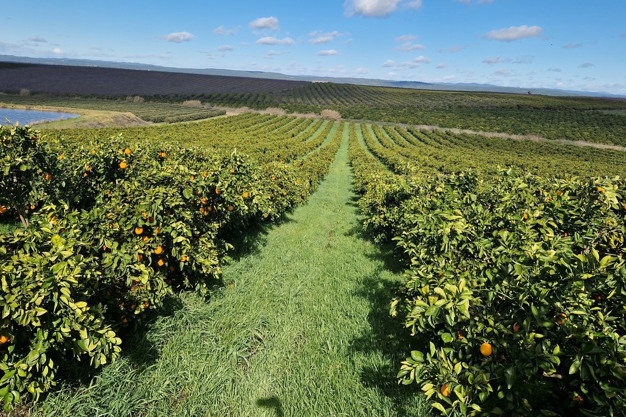
Agromillora is proposing a gradual move towards intensification so that growers can choose the system that best suits their needs. “In a first phase, the medium density model with planting frames of around 5×2 meters (1,000 plants/hectare) already allows a reduction in tree volume of between 30 and 40%, with full productivity expected in 2 or 3 years, and harvesting from the ground or with small ladders. The model also includes mechanical pruning in the production phase, with substantial savings in pruning and harvesting, which represent more than half of the production costs in the production of citrus for fresh consumption.”
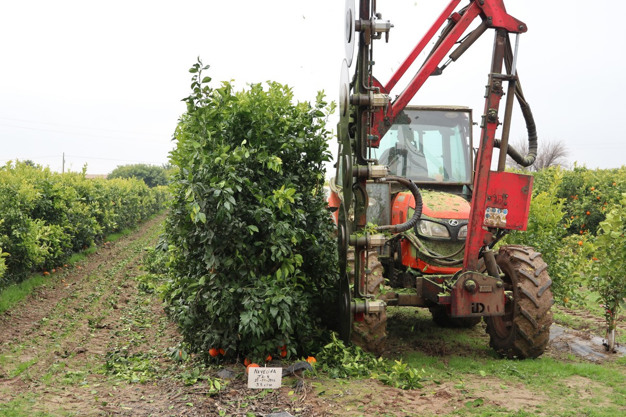
“A second option in the intensification strategy is the move towards hedgerow or high-density cultivation (with frames of around 4×1.5 meters), which allows for harvesting and pruning to be carried out fully from the ground. This model has already been successfully applied for decades in other fruit species and has huge potential in citrus, both for fresh consumption and for the juice industry, where cost reduction is key to ensuring profitability,” says Iglesias. “Up to five prototypes of riding machines and two prototypes of robotic harvesting adapted to citrus fruits have already been developed and tested in partnership with IFAPA (Centro Las Torres) in order to mechanize the harvesting.”
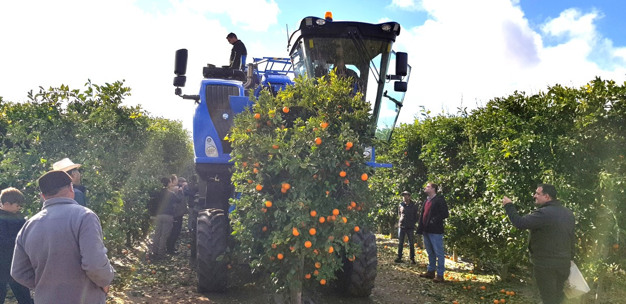
A key element for the development of high or medium density systems is having the rootstock or rootstocks that allow control over the plant’s vigor. In this case, the rootstock proposed is Civac-19, developed jointly by Agromillora and IVIA (Valencia). “It is a new plant material that allows control of the plant vigor and facilitates the formation of smaller canopies, adapted to hedges and medium density. Civac-19 is already in the registration process and will soon be available to nurseries and growers.”
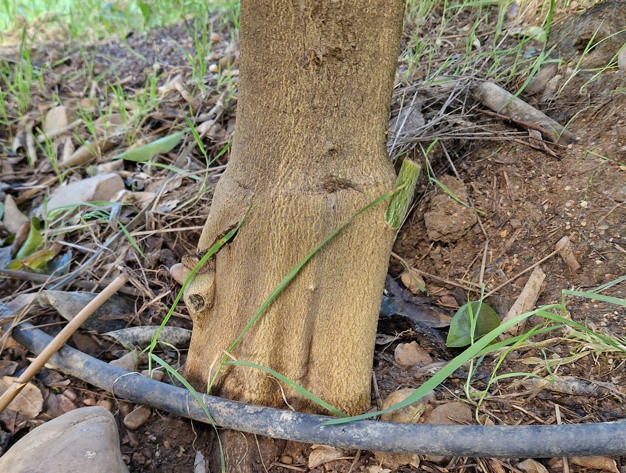
“It is important to point out that numerous trials have been carried out over the last ten years both at IFAPA and IVIA and in commercial plots with various species, traditional varieties and new varieties to check the reduction of vigor, their adaptation, productivity, fruit quality and compatibility, with very satisfactory results presented at the latest edition of DemoCitrus,” says Iglesias.
“Intensive models make it possible to reduce the unproductive period and recover the investment more quickly, thanks to their greater efficiency and productivity”
Citrus cultivation hasn’t changed much in the last century compared to other fruit species, such as, for example, apple trees. “A century ago, in addition to an extraordinary dwarfing rootstock such as M9, there was a need to intensify cultivation to make it more profitable and make orchards more efficient, especially in terms of labor use and productivity. Despite the higher planting costs, no one is currently considering non-intensive plantations. Now we see that intensification has become a reality and a necessity in citrus. For example, in Brazil, where they have trees that are up to 7 meters high, it has become clear how difficult it is for treatments against the vector of HLB (Diaphorina citri) to be efficiently carried out in these orchards, and the high cost of inputs that this lower efficiency leads to. In small trees, controls are much easier to implement, and the incidence of HLB has been significantly reduced. Efficiency and sustainability go hand in hand,” says Ignasi. “Greater effectiveness in the use of inputs and resources means that we can reduce their consumption and work in a more sustainable manner, with a positive impact on both the environment and producers’ incomes.”
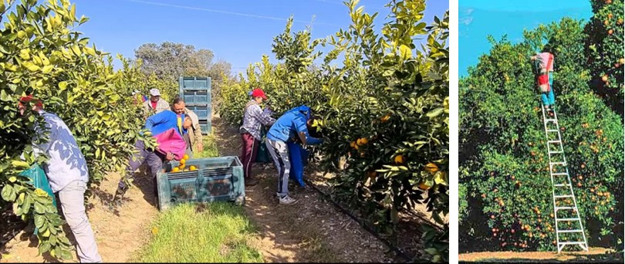
“As for water consumption, with the medium (MB) and high density (SHD) models, we can reduce it by 30% to 40% by reducing the canopy volume and cutting the use of phytosanitary products by up to 50%. With regard to labor, it can be reduced by half thanks to the mechanization of processes such as pruning and by making the pruning and harvesting easier to carry out. By avoiding work at heights and the carrying of heavy loads, working conditions significantly improve, achieving the so-called ‘social sustainability’. In this way, we are twice as efficient, significantly increasing productivity and profitability, as well as the environmental and social sustainability of citrus cultivation.”
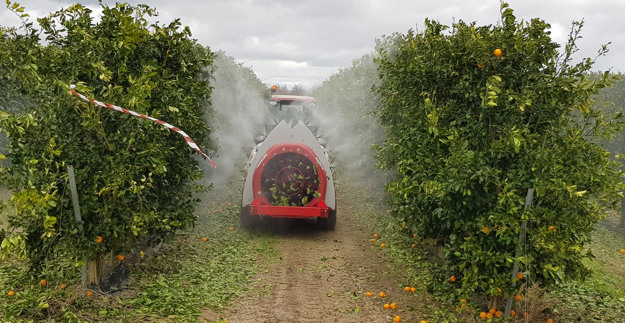
Innovation is an important part of citrus cultivation, and medium and high density models represent a disruptive opportunity to modernize a sector that is committed to sustainability, but which must adapt to both current and future challenges. The fruit growing of the future, including citrus, will need to be highly technological or it won’t be viable, even if this requires greater initial investment and a strict technical itinerary.”
“Without intensification, there is no efficiency in fruit tree cultivation,” says Ignasi, “and this is demonstrated by the fact that the intensive models we propose make it possible to recover the investment more quickly thanks to higher productivity and a notable reduction in the costs of labor, water and phytosanitary products throughout the life of the plantation.”
 For more information:
For more information:
Agromillora
[email protected]
https://www.agromillora.com/
Source: The Plantations International Agroforestry Group of Companies
